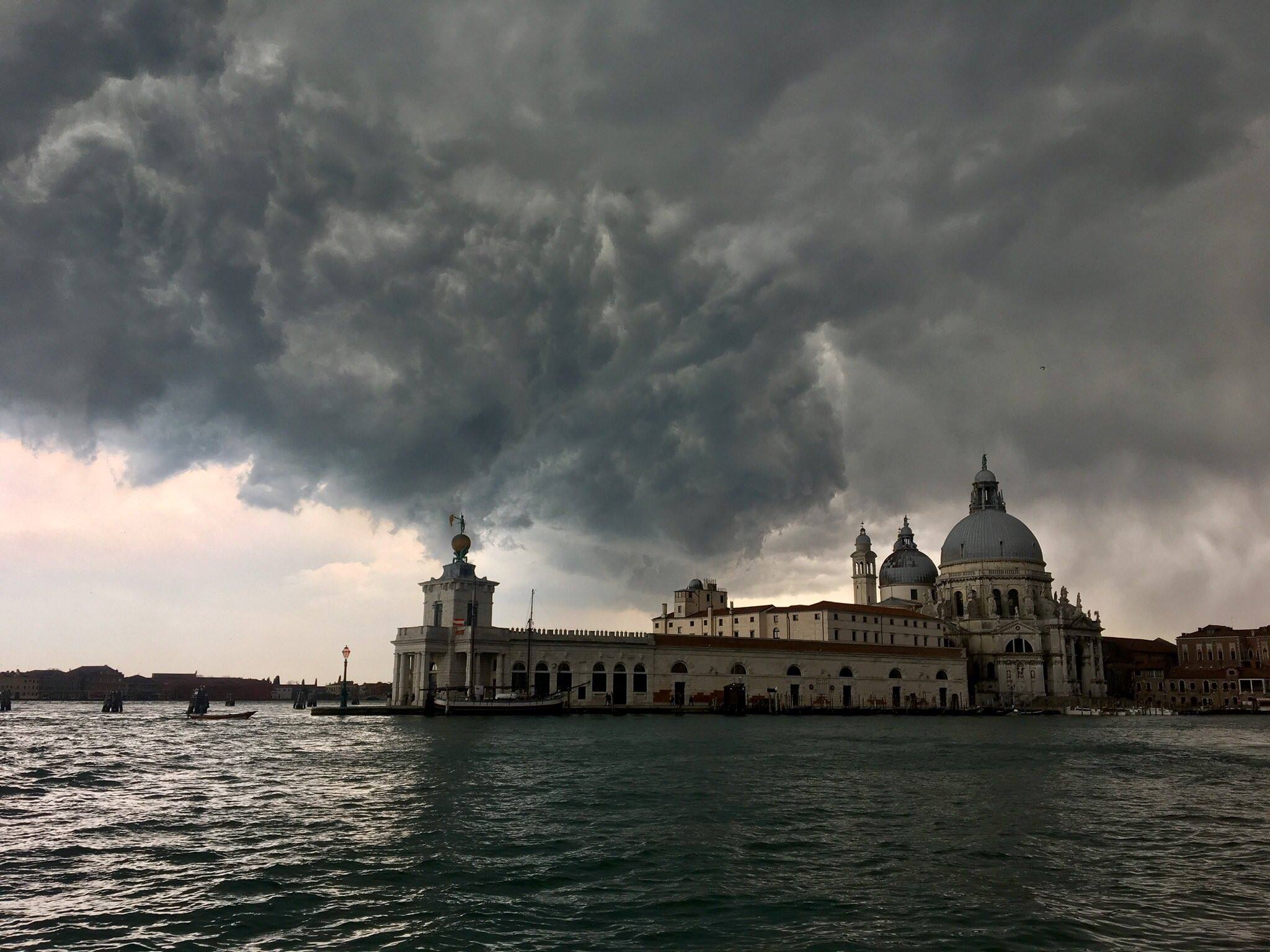People wading through flooded streets, damaged buildings and cultural assets, closed schools and shops: images like these are becoming more common as rising sea levels and more violent storms wreak havoc in coastal towns and cities. In response, five Adriatic-Ionian area countries cooperated in the I-Storms project to ensure better preparation and coordinated responses to extreme weather, to save lives and limit the damage.
- 11 March 2021
‘Two years of coordinated efforts, hard work and constructive collaboration among the I-STORMS partners have enabled us to create tools and develop joint strategies for safeguarding the Adriatic-Ionian area from sea storm emergencies.’
The project partners established a network to ensure coordinated civil protection in the Adriatic-Ionian region.
An innovative approach to sharing data, including meterological and oceanographic information, was developed. This has enabled better foreasting of storms and other severe weather, ensuring faster, more effective emergency response, in alignment with the EU Civil Protection Mechanism.
Areas where there is further need for cooperation were highlighted. Lastly, the project ensured that citizens are more aware of how vulnerable coastal areas are to storms.
Stronger cooperation
Nine organisations, including weather forecasting services, civil protection and emergency response services and scientific organsations in Albania, Croatia, Greece, Italy, and Slovenia worked on the project.
They set about solving problems that include a lack of know-how on sea storms, poor macro-regional cooperation and weak data system integration – which prevents sharing of information.
An urgent need for action
European legislation lacks specific strategies, guidelines, procedures and early-warning systems to prevent and manage risks related to extreme weather in coastal areas, the I-Storms project states in its final report.
Without appropriate adapation measures, rising sea levels and more intense storms more often will cause increasingly severe flooding and land loss in coastal areas and small islands, the Intergovernmental Panel on Climate Change wrote in its report approved in September 2019.
Coordinated efforts and strategies, combined with use of new technologies, are essential. The need for early warning is addressed in the 2030 Agenda for Sustainable Development.
Online tools
Project partners developed a Sea Storm Atlas, which is an online data mapping tool that includes emergency response procedures and information on past coastal disasters, to identify vulnerable areas.
Another online tool developed by the project collects forecasts from existing weather prediction systems. An I-Storms mobile app allows anyone to get information on tide levels, sea conditions and their likely evolution over the next few days for any location in the Adriatic-Ionian basin.
Beyond the project
Although the project ended in March 2020, a transnational strategy and a permanent cooperation table that the partners set up will ensure ongoing cooperation in the framework of the EU Strategy for the Adriatic and Ionian Region (EUSAIR). It allows the partners to evaluate developments in coastal risks, and to discuss existing and new tools and their implementation.
Total investment and EU funding
Total investment for the project “Integrated Sea Storm Management Strategies” is EUR 1 405 787, with the EU’s European Regional Development Fund contributing EUR 1 017 491 through the “Interreg Adriatic-Ionian” Cooperation Programme for the 2014-2020 programming period. The investment falls under the priority “Sustainable Region”.

